Crickets may seem like harmless insects, but when they find their way into your home, their incessant chirping and ability to damage fabrics, plants, and other materials can quickly become a nuisance. Fortunately, there are many effective DIY methods to eliminate crickets from your living spaces. From setting up simple molasses traps to using diatomaceous earth or essential oils, these natural and non-toxic solutions can help you control a cricket infestation without relying on harsh chemicals. Vacuuming, boric acid, and sticky traps are other practical approaches that you can use to manage crickets and prevent them from causing further damage.
However, if your home is dealing with a severe or persistent cricket infestation, DIY methods may not be enough. In such cases, it’s essential to contact a professional pest control service. Professionals can offer a thorough inspection, apply targeted treatments, and provide long-term solutions to ensure crickets don’t return. They have the expertise and tools to manage larger infestations, keeping your home pest-free and restoring your peace of mind.
Before we explore DIY methods to get rid of crickets from your home, let us understand why crickets infest our homes.
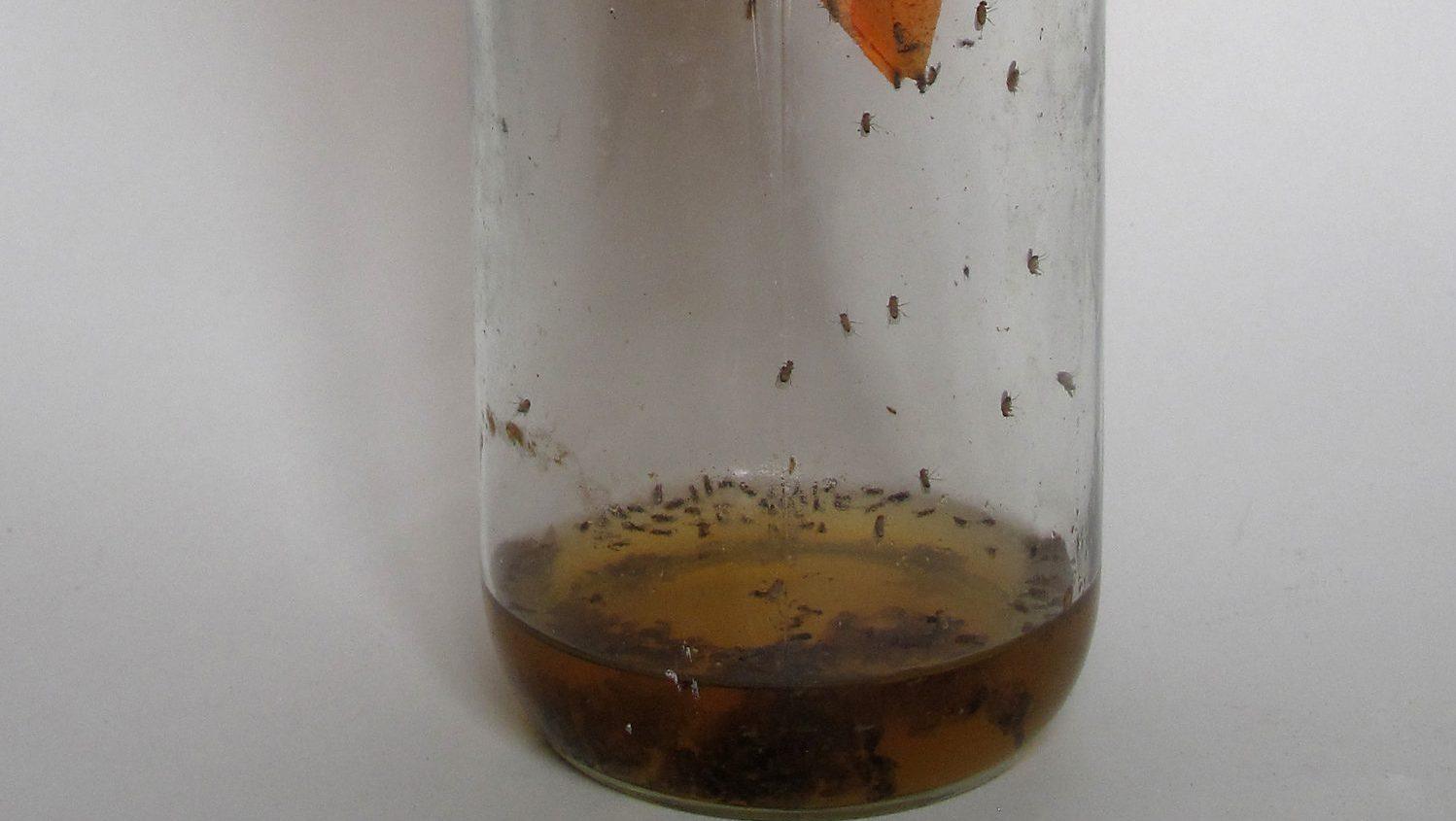
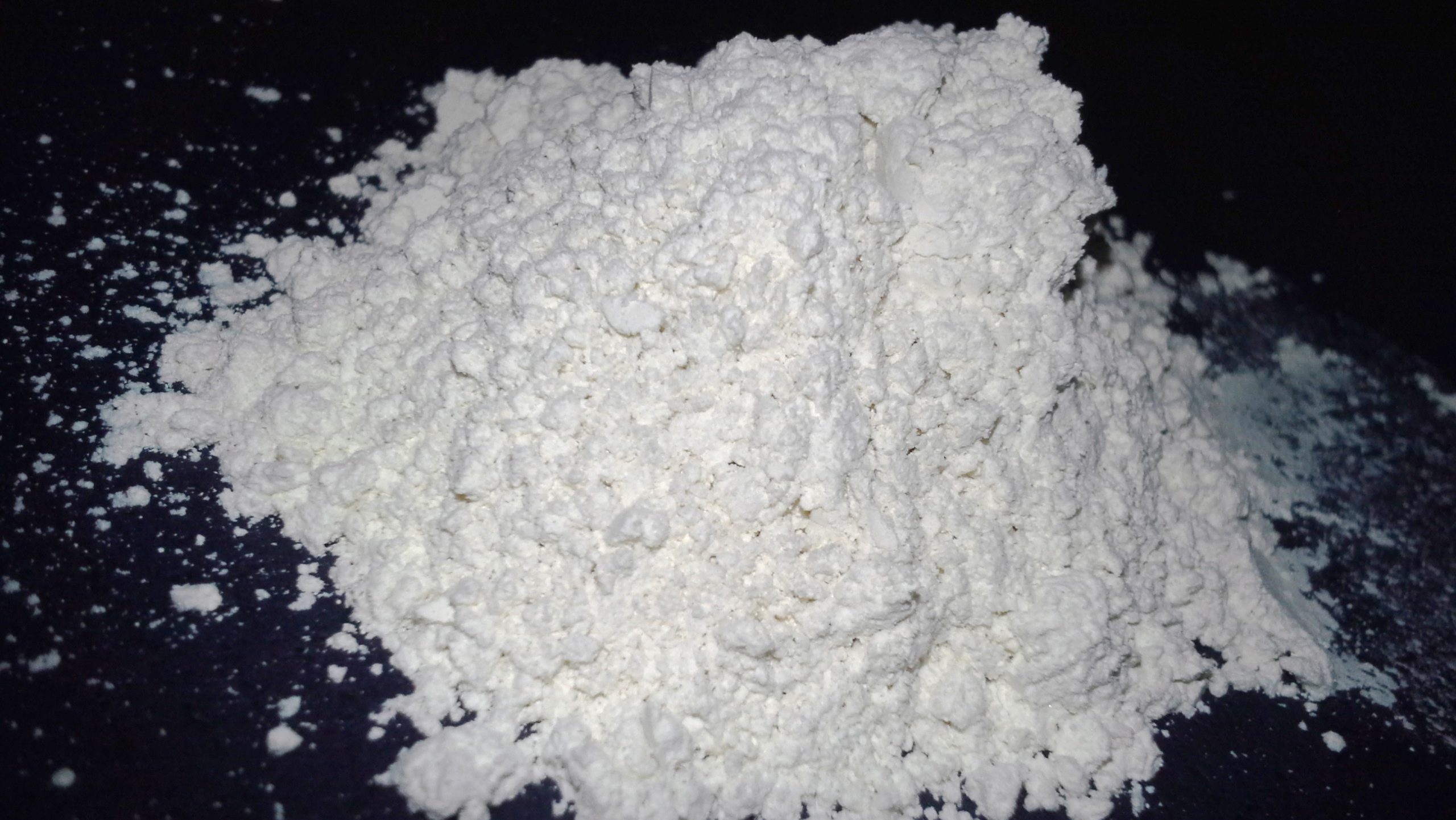



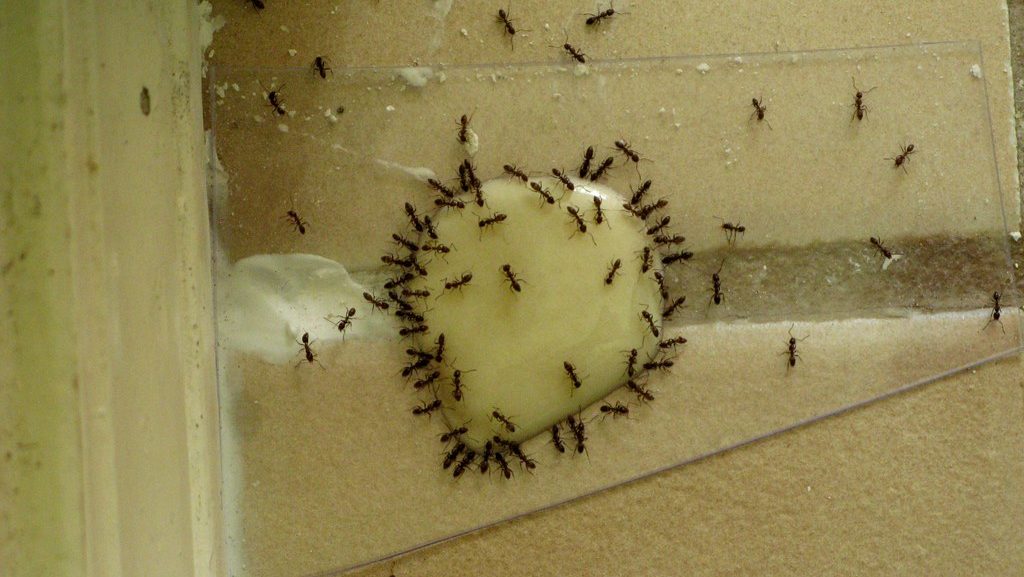
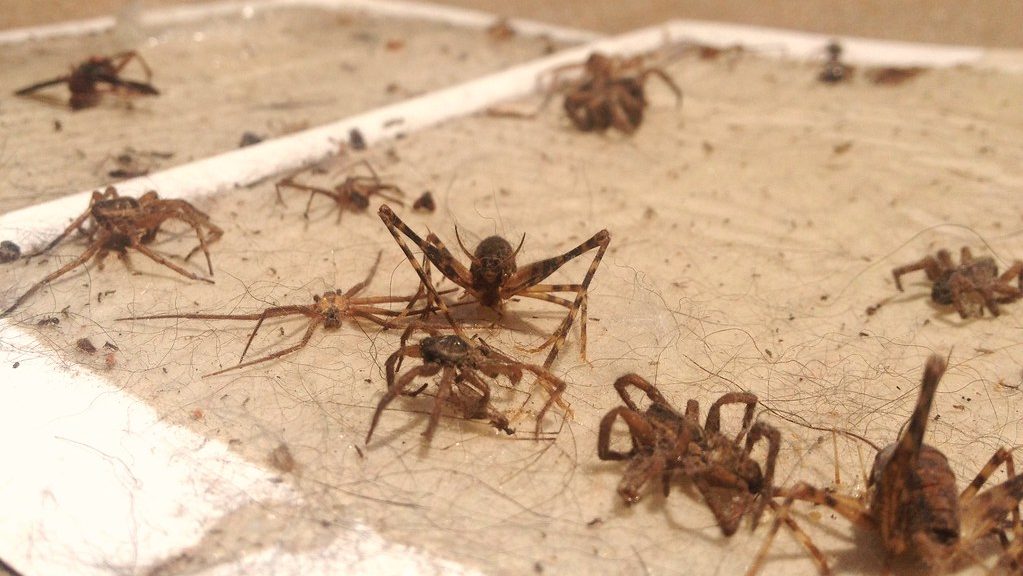

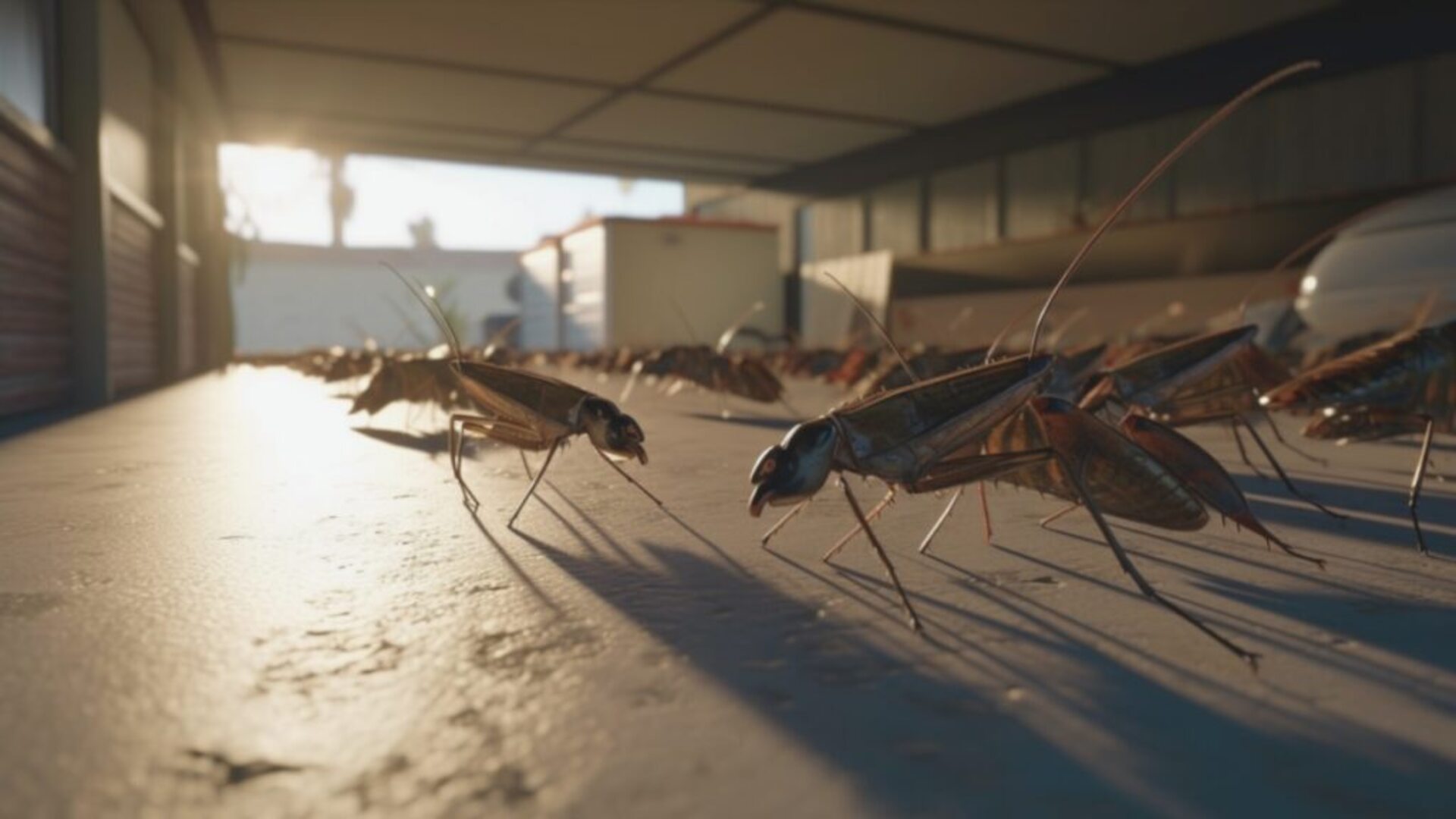 Light
Crickets are nocturnal insects and are naturally drawn to light sources at night. Outdoor lights, porch lights, and even the light from windows can attract them toward your home. Once they are near, they can easily find their way inside through small gaps, cracks, or open doors and windows.
Food Sources
Crickets consume a variety of materials, including plants, fabrics, and even other insects. They are particularly attracted to homes that offer easy access to food, such as crumbs, organic debris, or houseplants. Once inside, crickets can chew through fabrics, carpets, and other materials, potentially causing significant damage.
Shelter
Crickets seek shelter in dark, secluded areas that offer protection from predators and harsh environments. This makes basements, attics, garages, and even storage rooms prime areas for cricket infestations.
Now, we know why crickets infest our homes, so let us find out how to identify a cricket infestation.
Light
Crickets are nocturnal insects and are naturally drawn to light sources at night. Outdoor lights, porch lights, and even the light from windows can attract them toward your home. Once they are near, they can easily find their way inside through small gaps, cracks, or open doors and windows.
Food Sources
Crickets consume a variety of materials, including plants, fabrics, and even other insects. They are particularly attracted to homes that offer easy access to food, such as crumbs, organic debris, or houseplants. Once inside, crickets can chew through fabrics, carpets, and other materials, potentially causing significant damage.
Shelter
Crickets seek shelter in dark, secluded areas that offer protection from predators and harsh environments. This makes basements, attics, garages, and even storage rooms prime areas for cricket infestations.
Now, we know why crickets infest our homes, so let us find out how to identify a cricket infestation.
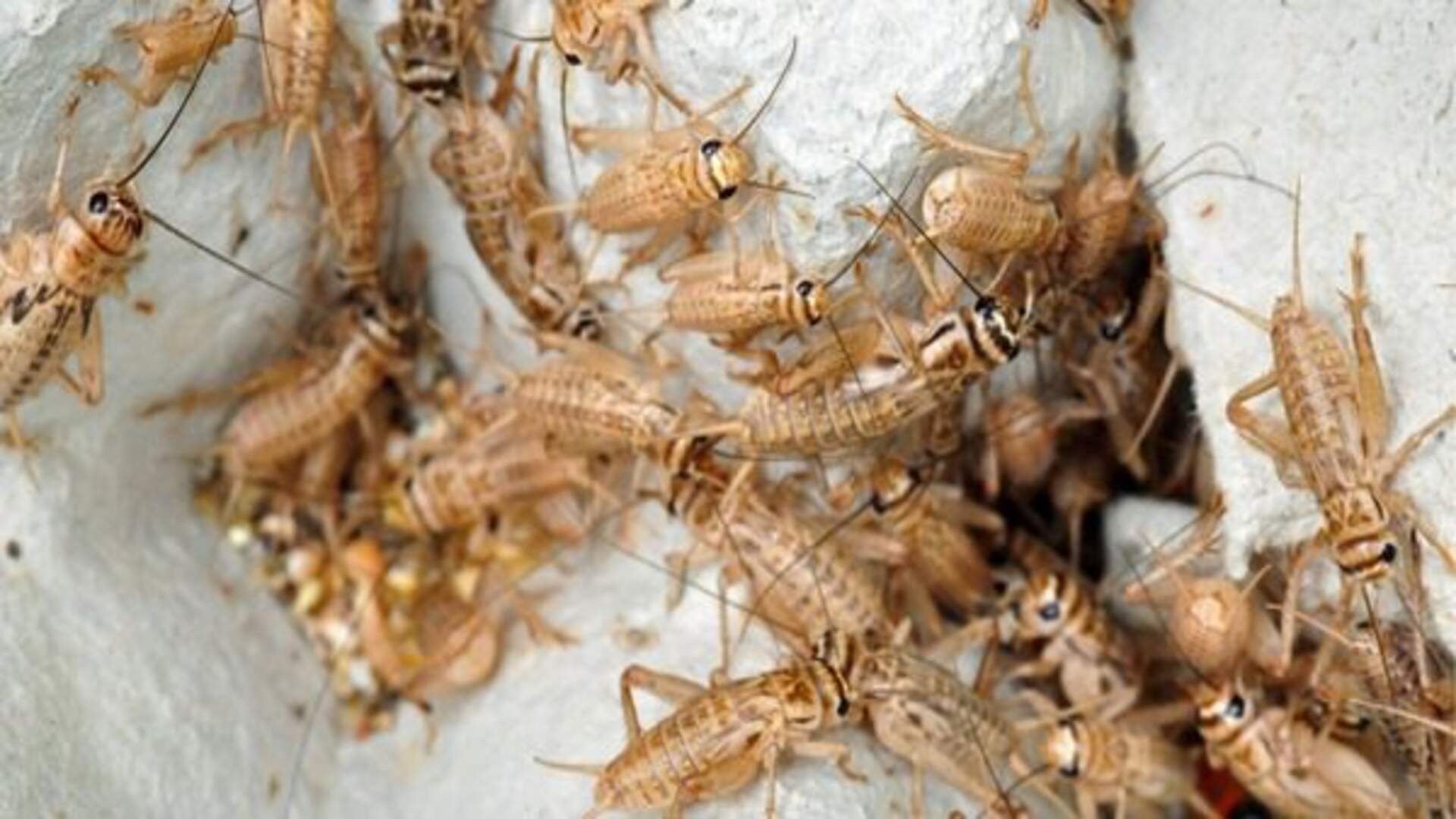 Damage to Fabrics, Plants, or Wallpaper
Crickets can cause visible damage by chewing through various materials. If you notice holes or chew marks on houseplants, curtains, rugs, carpets, or even wallpaper, crickets may be the culprits.
Eggs and Exoskeletons
Female crickets lay eggs in damp soil or organic matter. In severe infestations, you may also find tiny cricket eggs or shed exoskeletons in hidden or hard-to-reach areas of your home.
Once you’ve confirmed a cricket infestation, it’s time to implement strategies to eliminate them.
Damage to Fabrics, Plants, or Wallpaper
Crickets can cause visible damage by chewing through various materials. If you notice holes or chew marks on houseplants, curtains, rugs, carpets, or even wallpaper, crickets may be the culprits.
Eggs and Exoskeletons
Female crickets lay eggs in damp soil or organic matter. In severe infestations, you may also find tiny cricket eggs or shed exoskeletons in hidden or hard-to-reach areas of your home.
Once you’ve confirmed a cricket infestation, it’s time to implement strategies to eliminate them.
How To Get Rid Of Crickets Using DIY Methods
If you’re wondering how to get rid of crickets naturally, there are several remedies that can be effective without relying on harsh chemicals. These natural solutions are safe for homes with children and pets and are also eco-friendly. Below are some of the most popular and effective natural remedies to eliminate crickets:Molasses Trap
One of the simplest and most effective natural traps is the molasses trap. The sweet scent of molasses attracts crickets, causing them to jump into the trap, where they eventually drown.
INSTRUCTIONS
Step 1
- Mix a small amount of molasses with water in a shallow bowl or jar.
Step 2
- Place the container in areas where crickets are most active, such as basements or garages.
Step 3
- Check the trap regularly and throw any crickets that have been caught.
Note
This method works well because it uses common household ingredients and is easy to set up. The molasses trap is especially useful for targeting crickets in dark corners or hidden areas where they are likely to hide.Diatomaceous Earth
Diatomaceous earth (DE) is a natural non-toxic powder made from fossil of algae. It works by dehydrating crickets when they come into contact with it, ultimately killing them. It’s safe to use around pets and children, making it a great option for those looking to avoid harmful chemicals.

Not getting a solution?
Get your free pest control estimate today!INSTRUCTIONS
Step 1
- Sprinkle the powder along baseboards, entry points, and areas where crickets are known to frequent.
Step 2
- Crickets will come into contact with the powder as they move around, leading to their dehydration and eventual death.
Note
Diatomaceous earth provides long-term results and is a highly effective natural solution for eliminating crickets.Essential Oils
Crickets are repelled by strong scents, making essential oils an excellent natural deterrent. Oils like peppermint, lemon, and eucalyptus are particularly effective at keeping crickets away. You can make an easy repellent spray by mixing a essential oil with water.
INSTRUCTIONS
Step 1
- Fill a spray bottle with water and add a few drops of essential oil.
Step 2
- Spray the mixture around entry points, baseboards, and other areas where crickets are likely to enter or hide.
Note
This natural remedy not only repels crickets but also leaves your home smelling fresh.DIY Methods for Eliminating Crickets
In addition to natural remedies, there are several DIY methods that can help you get rid of crickets. These solutions are ideal for those who prefer a hands-on approach to pest control.Boric Acid
Boric acid is a popular method for killing crickets. It is toxic to crickets and disrupts their digestive system when ingested.
INSTRUCTIONS
Step 1
- Sprinkle a small amount of boric acid along entry points and in areas where you’ve noticed cricket activity.
Step 2
- Crickets will come into contact with the powder and ingest it while grooming themselves, leading to their death.
Note
However, boric acid should be used with caution and kept out of reach of children and pets, as it can be harmful if ingested by non-target species.Sticky Traps
Sticky traps are an easy and effective way to catch crickets. These traps are coated with a sticky substance that ensnares crickets as they hop onto the trap.
INSTRUCTIONS
Step 1
- Place the traps near areas where you’ve seen crickets, such as basements, garages, or under furniture.
Step 2
- Once the crickets are caught, simply dispose of the trap and replace it as needed.
Note
Sticky traps are a low-maintenance option for monitoring and reducing cricket populations in your home.Vacuuming
Vacuuming is a quick and easy method of removing crickets, especially if they are out in the open or hiding in cracks and crevices.
INSTRUCTIONS
Step 1
- Use a vacuum to remove crickets along with any eggs they may have laid in cracks, crevices, or open areas.
Step 2
- Ensure to vacuum regularly to maintain cleanliness and deter future infestations.
Note
Regular vacuuming can also help remove any food sources or organic debris that may attract crickets in the first place.Preventing Future Cricket Infestations
-
Seal Entry Points: Crickets can squeeze through tiny cracks and gaps. Seal potential entry points by using caulk around doors, windows, and foundations. Install weather stripping to close gaps around doors, creating a barrier that crickets cannot easily breach.
-
Reduce Outdoor Attraction: Minimize outdoor attractions by turning off outdoor lights or switching to yellow “bug lights” that are less attractive to insects. Keep outdoor spaces clean and free of debris like leaves, mulch, or firewood to make your home less inviting to crickets.
-
Control Moisture Levels: Crickets thrive in moist environments. Fix leaks in pipes, faucets, or roofs. Use dehumidifiers in damp areas like basements or bathrooms, and ensure proper ventilation in attics and crawl spaces. Keeping your home dry will make it less appealing to crickets.
Why Do Crickets Invade Homes?
Understanding why crickets are drawn to your home is the first step in learning how to deal with them effectively. Crickets are naturally outdoor insects, and they thrive in environments where they have access to food, shelter, and the right climate conditions. However, several factors can prompt them to invade indoor spaces, including: Warmth As the weather cools, particularly during the fall, crickets start searching for warmer areas to survive the drop in temperature. They often seek refuge in homes, garages, and basements, which offer the warmth they need. Moisture Crickets are attracted to moist environments. Basements, kitchens, bathrooms, and areas with leaks or standing water can serve as attractive locations for crickets. High humidity levels can also be a reason for their presence inside your home. Light
Crickets are nocturnal insects and are naturally drawn to light sources at night. Outdoor lights, porch lights, and even the light from windows can attract them toward your home. Once they are near, they can easily find their way inside through small gaps, cracks, or open doors and windows.
Food Sources
Crickets consume a variety of materials, including plants, fabrics, and even other insects. They are particularly attracted to homes that offer easy access to food, such as crumbs, organic debris, or houseplants. Once inside, crickets can chew through fabrics, carpets, and other materials, potentially causing significant damage.
Shelter
Crickets seek shelter in dark, secluded areas that offer protection from predators and harsh environments. This makes basements, attics, garages, and even storage rooms prime areas for cricket infestations.
Now, we know why crickets infest our homes, so let us find out how to identify a cricket infestation.
Light
Crickets are nocturnal insects and are naturally drawn to light sources at night. Outdoor lights, porch lights, and even the light from windows can attract them toward your home. Once they are near, they can easily find their way inside through small gaps, cracks, or open doors and windows.
Food Sources
Crickets consume a variety of materials, including plants, fabrics, and even other insects. They are particularly attracted to homes that offer easy access to food, such as crumbs, organic debris, or houseplants. Once inside, crickets can chew through fabrics, carpets, and other materials, potentially causing significant damage.
Shelter
Crickets seek shelter in dark, secluded areas that offer protection from predators and harsh environments. This makes basements, attics, garages, and even storage rooms prime areas for cricket infestations.
Now, we know why crickets infest our homes, so let us find out how to identify a cricket infestation.
Identifying a Cricket Infestation
Before taking steps to get rid of crickets, it’s crucial to confirm whether you’re actually dealing with a cricket infestation. Here are the key signs to look out for: Chirping Sounds Crickets are most notorious for their high-pitched chirping, which males use to attract females. If you hear constant chirping, particularly at night, it’s a strong indication that crickets are nearby. The noise can be especially loud in quiet environments, making it hard to ignore. Visible Crickets Crickets are often active at night, so you may spot them hopping around in dimly lit areas, such as basements, garages, or crawl spaces. They are also attracted to moist areas like laundry rooms, kitchens, and bathrooms. Damage to Fabrics, Plants, or Wallpaper
Crickets can cause visible damage by chewing through various materials. If you notice holes or chew marks on houseplants, curtains, rugs, carpets, or even wallpaper, crickets may be the culprits.
Eggs and Exoskeletons
Female crickets lay eggs in damp soil or organic matter. In severe infestations, you may also find tiny cricket eggs or shed exoskeletons in hidden or hard-to-reach areas of your home.
Once you’ve confirmed a cricket infestation, it’s time to implement strategies to eliminate them.
Damage to Fabrics, Plants, or Wallpaper
Crickets can cause visible damage by chewing through various materials. If you notice holes or chew marks on houseplants, curtains, rugs, carpets, or even wallpaper, crickets may be the culprits.
Eggs and Exoskeletons
Female crickets lay eggs in damp soil or organic matter. In severe infestations, you may also find tiny cricket eggs or shed exoskeletons in hidden or hard-to-reach areas of your home.
Once you’ve confirmed a cricket infestation, it’s time to implement strategies to eliminate them.





